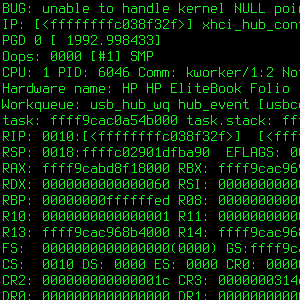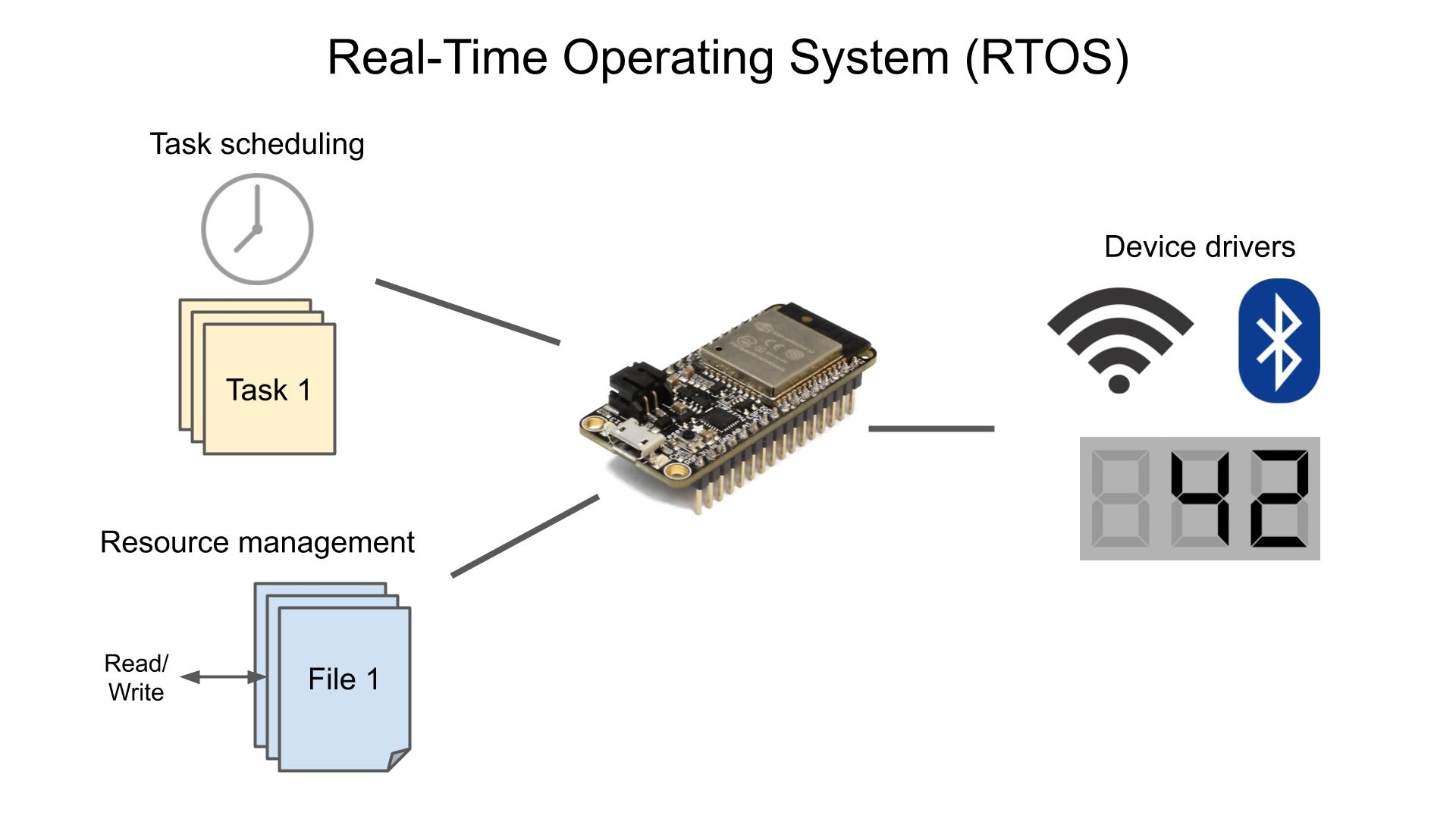Fundamental Operation
A buck converter, also known as a step-down converter, is used to reduce an input voltage to a lower output voltage. Its core operating principle relies on the duty cycle of a switching element, a parameter that directly determines the output voltage. This article will detail the working principle of a buck converter, explain how to calculate its duty cycle, and derive the relevant formulas.
A buck converter primarily consists of a switching element (MOSFET), a diode, an inductor (L), a capacitor (C), and a load (R). Its operation is divided into two phases:
- Switch ON phase: When the switch is closed, the input voltage (Vin) supplies power to the load through the switch and the inductor. The inductor stores energy, causing the current to increase linearly, and the diode is reverse-biased (off).
- Switch OFF phase: When the switch opens, the inductor releases its stored energy, supplying current to the load and capacitor through the diode, which maintains the output voltage.
The inductor current (IL) rises during the ON phase and falls during the OFF phase. The switch voltage (Vsw) changes with the switch state, and the inductor voltage (VL) waveform alternates between (Vin - Vo) and -Vo.
The duty cycle (D) is defined as the ratio of the switch ON time (Ton) to the total period (T = Ton + Toff):
D = Ton / T
Ideal Duty Cycle Calculation
In an ideal buck converter, ignoring switching losses and parasitic parameters, the relationship between the output voltage (Vo) and input voltage (Vin) is based on the average voltage. In a steady state, the average voltage across the inductor is zero. According to the principle of volt-second balance:
- During the ON phase, the switch is closed, and the inductor voltage VL = Vin - Vo for a duration of Ton.
- During the OFF phase, the switch is open, and the inductor voltage VL = -Vo for a duration of Toff.
The volt-second balance equation is:
(Vin - Vo) * Ton = Vo * Toff
Since T = Ton + Toff, the duty cycle D = Ton / T, and (1 - D) = Toff / T. Substituting these into the equation:
(Vin - Vo) * D * T = Vo * (1 - D) * T
Canceling T from both sides (since T ≠ 0), we get:
Vin * D - Vo * D = Vo - Vo * D
Vin * D = Vo
Therefore, the formula for the duty cycle in an ideal case is:
D = Vo / Vin
Duty Cycle Calculation with Losses
In a practical circuit, component losses, such as the voltage drop across the switch (Vsw) and the forward voltage of the diode (Vd), affect the output voltage.
- During the ON phase, the inductor voltage is VL = Vin - Vsw - Vo.
- During the OFF phase, the inductor voltage is VL = -Vo - Vd.
The volt-second balance equation becomes:
(Vin - Vsw - Vo) * Ton = (Vo + Vd) * Toff
Substituting D = Ton / T and (1 - D) = Toff / T:
(Vin - Vsw - Vo) * D = (Vo + Vd) * (1 - D)
D = (Vo + Vd) / (Vin + Vd - Vsw)
For example, let's assume Vin = 12V, Vo = 5V, Vd = 0.7V, and Vsw = 0.2V:
D = (5 + 0.7) / (12 + 0.7 - 0.2) = 5.7 / 12.5 ≈ 0.456
This means the duty cycle is approximately 45.6%.
Summary
The output voltage is always lower than the input voltage, which confirms that a buck converter can only step down voltage and cannot change its polarity. This is consistent with the relationship D = (Vo + Vd) / (Vin + Vd - Vsw), where Vo < Vin.
The current through the switch is pulsed, reflecting its ON/OFF states. The input capacitor helps smooth the current drawn from the DC source (Iin).
The output capacitor current waveform is much smoother. The inductor in the LC output filter prevents abrupt changes in current, and the capacitor filters the remaining ripple.
Since the average current through the output capacitor is zero (as the capacitor only serves a filtering function), the average inductor current in a buck converter must be equal to the load current. Otherwise, the current paths would not balance, violating Kirchhoff's Current Law. Therefore, the average inductor current (IL_avg) equals the load current (Iload) because the output capacitor provides no net DC current.
 ALLPCB
ALLPCB







